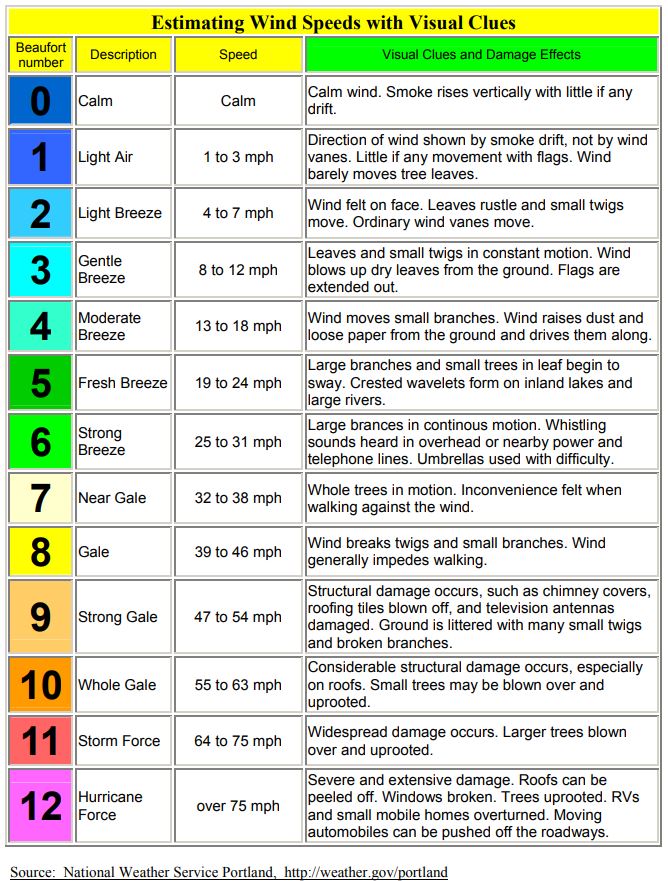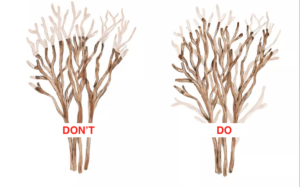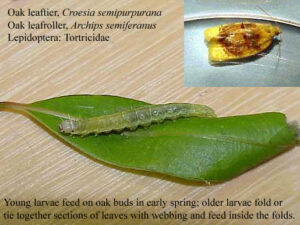Understanding Wind Speed and Tree Stability: How Strong Winds Impact Trees
When strong winds blow, it’s not uncommon to see trees swaying and bending under the force. However, some trees are more susceptible to wind damage than others. If you’ve ever wondered about the relationship between wind speed and tree stability, you’re in the right place. In this blog post, we’ll explore the factors that influence a tree’s ability to withstand wind, as well as the wind speeds at which trees can be at risk.
Tree Species and Structure
Different tree species have varying levels of wind resistance. Some trees, like oaks and maples, tend to have stronger wood and more flexible branches, making them better equipped to handle high winds. Conversely, trees with brittle wood or shallow root systems, such as willows or poplars, are more prone to wind damage. Understanding the characteristics of the trees in your area can help you assess their susceptibility to strong winds.
Root Systems and Soil Conditions
A tree’s root system plays a crucial role in anchoring it to the ground. Deep and extensive root systems provide better stability, making trees more resistant to wind. However, trees growing in compacted or waterlogged soils may have compromised root systems, reducing their ability to withstand high winds. Additionally, trees growing in urban environments with restricted root space may be more vulnerable to wind damage.
Age and Health
The age and overall health of a tree also impact its ability to withstand strong winds. Younger trees with less developed root systems and weaker wood are generally more susceptible to wind damage. Similarly, older trees that have experienced decay, disease, or structural issues over time may be at higher risk. Regular tree maintenance, including pruning dead or weak branches and addressing any signs of decline, can help improve the overall health and stability of trees.
Wind Speed and Impact
The wind speed at which trees become vulnerable to damage can vary depending on the factors mentioned above. As a general guideline, healthy and well-established trees can typically withstand wind speeds of up to 50-60 miles per hour (80-97 kilometers per hour) without significant damage. However, gusts or sustained winds exceeding these thresholds, particularly in combination with other factors like saturated soil or weakened trees, can lead to uprooting or branch failure.
While trees are resilient and have evolved to withstand various weather conditions, they do have their limits when it comes to wind speed. Understanding the factors that influence a tree’s stability, such as species, root systems, age, and health, can help you assess the risk of wind damage. Remember, it’s essential to consider the unique characteristics of the trees in your area and consult with tree care professionals when in doubt. By maintaining healthy trees, addressing structural issues, and being mindful of severe weather conditions, you can help ensure the safety and longevity of your beloved arboreal companions.




